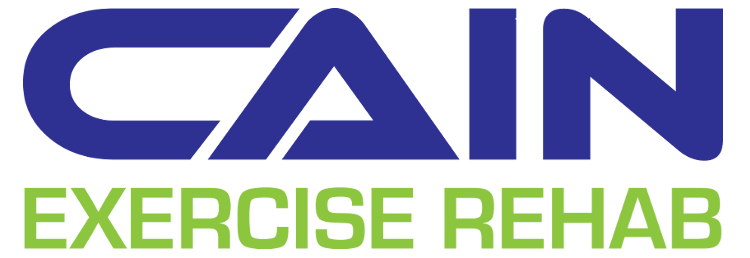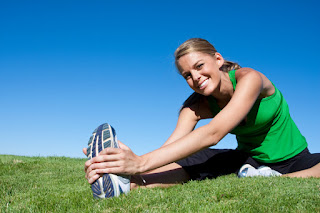Scar tissue is a natural product that comes out of a tissue injury. Skin, muscle, tendon; most of the body's bits and pieces will scar over when an injury occurs.
 |
| Realistically, the song, "Scar Tissue", probably also resulted from some type of past deep-hurt. |
A lot of therapy claims center around the ability of a technique to break down scar tissue.
However, let us remind everyone of the deep, dark secret of the therapy world:
Scar tissue does not "break down".
And it doesn't have to! (Just putting that out there before you lose hope and close your screen.)
To be quick and make things simple to understand, consider when you have a large cut on your skin which then scars over. Do you think any amount of aggressive massage would make that scar go away? Does manual pressure cause either that scar OR the skin to "break apart"?
No? Then you can imagine how counter-intuitive it is to think that those same forces can break down a scar inches beneath the skin.
However, this doesn't need to mean that all hope is lost in the recovery process, as we mentioned. Consider this; does the scar on your skin continue to be tender and cause pain years later, even when it remains visible? Does it do a poor job replacing the skin that was damaged?
No, that scar is an effective bridge between the gaps in healthy tissue. And the same goes for scarring that occurs within muscle, tendons, and ligaments.
Yes, muscles and ligaments are more complex in their functions to hold the joints securely together and
will typically cause more pain at the onset of injury. But
that's where the manual therapies come into play. While they do not physically break down any of that scarring, what these techniques
do do is decrease the sensitivity and pain in the area to allow the healthy tissue to learn to carry on its function
despite the presence of that scar.
(Remember, these therapies have a more direct effect on your
nervous system rather than the tissue itself.)
In the end, none of this really changes the way that treatments work except for providing a better explanation behind them. That knowledge comes in very handy, however, in order to have the confidence to accelerate in your own recovery and to avoid false claims and money-grabs.
Subscribe
Do you like the content that you're reading? Sign up to receive the weekly blog update from Cain Exercise Rehab directly to your email!
Click Here!
Book Now
In the Victoria area and interested in booking an appointment with Cain Exercise Rehab? Follow the link below to book online!
Click Here!










